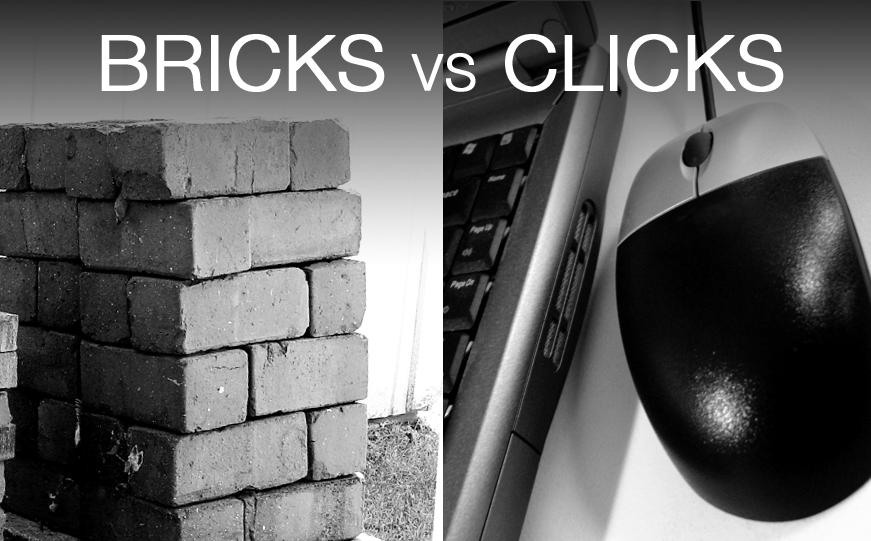Toys ‘R Us filed for bankruptcy. Sears is on life support. Retailers across the nation are finding it too difficult to compete with the likes of Amazon.
But some retailers are not only surviving, but thriving. How?
They understand that they need to offer an experience in their brick-and-mortar stores, and that these experiences are not just to lure people in, but part of a larger, on- and off-line omni-channel strategy.
Many retailers are taking advantage of a new trend called “webrooming,” a practice in which consumers shop for products online, but actually making their purchases at brick-and-mortar stores. It’s a reversal of the “showrooming” trend of recent years.
What does this have to do with building product brands?
After all, you’re not retailers. You may or may not sell directly to consumers, but when you do it’s through a retail partner or showroom experience.
When it comes to successfully engaging people, no one has it tougher than retailers, so there are some lessons that building product brands can take from their examples.
People Like To Research
Today’s consumers and their repeat influencers — contractors and specifiers — are smarter than ever before, thanks to the internet. Each has endless access to information… literally in the palms of their hands.
When one is ready to make a construction materials purchase decision, they almost certainly will want to research it. This is where the “webrooming” trend comes into play.
In those cases, you’ll naturally want to provide useful information. Educate your audiences, so that they will know as much as possible about the product they’re buying.
But why not take it a step further? Why not give them a project profile that makes the research process even more relevant and interactive?
Whatever this experience might be, depends on the product category. An insulation brand, for example, could provide an online tool that calculates how much product they’d need, what it might cost, and how much energy savings the installation would provide. A window company could provide an augmented reality application that lets homeowners see how the new windows would look in their homes. A roofing brand could help them compare surface colors to siding and trim, or even vet installers (with preference of course to “certified” partners).
People Like to Know How It’s Done
In their never-ending thirst for knowledge, people like to know how things are done so they can do it themselves.
For brands that cater to the DIYer, this is an important approach. Give consumers projects that let them develop and practice their skills and complete projects around the house. Cater to different levels of experience. Give people a challenge.
This strategy can also work for non-DIY projects. Very few homeowners are likely to install a dishwasher, tile a backsplash, or run wire for a light fixture. But they still like to know how it’s done so when they hire a contractor, they know what they’re getting.
People Like To Dream
At the most basic level, consumers want to want. They want better homes, luxurious bathrooms, designer kitchens, or the latest gadgets.
So why not engage them in a bit of dreaming? Give them tools they can use to envision what their homes, and their lives, would be like with your products. Let them escape to a different reality, even if it’s not completely attainable.
This could take the form of a DIY bathroom redesign, the aforementioned augmented reality application, or a means of curating and sharing images that reflect their personal styles.
—
What’s the right approach for your brand? That depends entirely on who your customers are and what your product category is. But the more you can give consumers online experiences that connect with how they shop for and buy your product, the more likely it is your brand will be their top choice.




